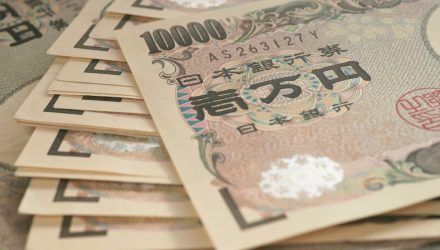Japan has been gaining traction among investors and advisors as a topic of interest recently. Some of the top investors and investment firms continue to increase their investments in Japanese stocks and Japan ETFs. As Japan’s economy continues to recover from years of stagnation, it has become an attractive destination for many investors.
Japan’s policies to stimulate growth and corporate reforms have contributed to the strong performance of its stock market. This has made it an appealing investment option for those seeking exposure to international equities. As a result, Japan has become a popular destination for investors looking for opportunities in a market with a favorable economic outlook.
Some Japan ETFs continue to perform and offer exposure to Japanese equities. Japan’s potential investment opportunities are hard to ignore. In this article, we will delve deeper into some of the top-performing Japan ETFs, analyzing their YTD performance. We will also discuss whether advisors and investors should consider investing in them.
See more: “Japan ETFs Are Attractive International Ideas”
Top-Performing Hedged Japan ETFs
The WisdomTree Japan Hedged Equity Fund (DXJ) has been one of the top-performing Japan ETFs, with a YTD return of 31.39%. This fund offers exposure to Japanese equities while hedging against currency fluctuations. In the past month, DXJ has seen net inflows of $400.73 million, indicating growing investor interest in this fund.
The Xtrackers MSCI Japan Hedged Equity ETF (DBJP) is another top-performing Japan ETF, with a YTD return of 29.07%. This fund stands out due to its ability to mitigate currency exposure that accompanies investing in foreign equities. By doing so, DBJP aims to provide investors with exposure to Japanese equities while minimizing the impact of currency fluctuations on returns. However, it’s important to note that currency hedging can be a double-edged sword, as it can also limit potential gains if the currency appreciates. Despite this, DBJP has seen a strong performance recently. This makes it an attractive option for those seeking exposure to Japanese equities with a currency hedge.
See more: “What’s Behind Big Spike for Currency-Hedged Japan ETFs?”
The Franklin FTSE Japan Hedged ETF (FLJH) is another top-performing Japan ETF, with a YTD return of 27.96%. This fund offers investors hedged international stock exposure with a low expense ratio of 0.09%. This makes it an attractive option for those seeking cost-effective exposure to Japan’s equity market. However, despite its strong performance, FLJH still trails behind the iShares Currency Hedged MSCI Japan ETF (HEWJ) in terms of assets.
What About This Japan ETF?
The JPMorgan BetaBuilders Japan ETF (BBJP) is also a Japan ETF worth considering. It has a YTD return of 16.61%. This fund offers similar exposure to EWJ, one of the most popular Japan ETFs that has just barely underperformed BBJP in YTD performance. That said, BBJP has a lower expense ratio of 0.19%. This makes it an attractive option for investors looking for a high-performing and affordable ETF. In the past month, BBJP has seen net inflows of $478.37 million. This indicates growing investor interest in this fund.
Should You Invest?
While these funds have been performing well, it’s important to note that Japan ETFs are not without risk. Japan’s economy has been struggling for years with low inflation, an aging population, and a shrinking workforce. However, big investors like Warren Buffett continue to pour more money into Japan’s stock market, indicating that there may be untapped potential in the market.
Ultimately, Japan ETFs can be a compelling investment option for those seeking exposure to Japan’s equity market. However, as with any investment, it’s important for investors and advisors to carefully consider the risks and potential benefits of each fund before deciding which one to invest in. Factors such as expense ratios, liquidity, and currency risk can all impact the performance of Japan ETFs, so it’s important to evaluate each option carefully and make an informed decision based on your individual investment goals and risk tolerance.
For more news, information, and analysis, visit the Financial Literacy Channel.








